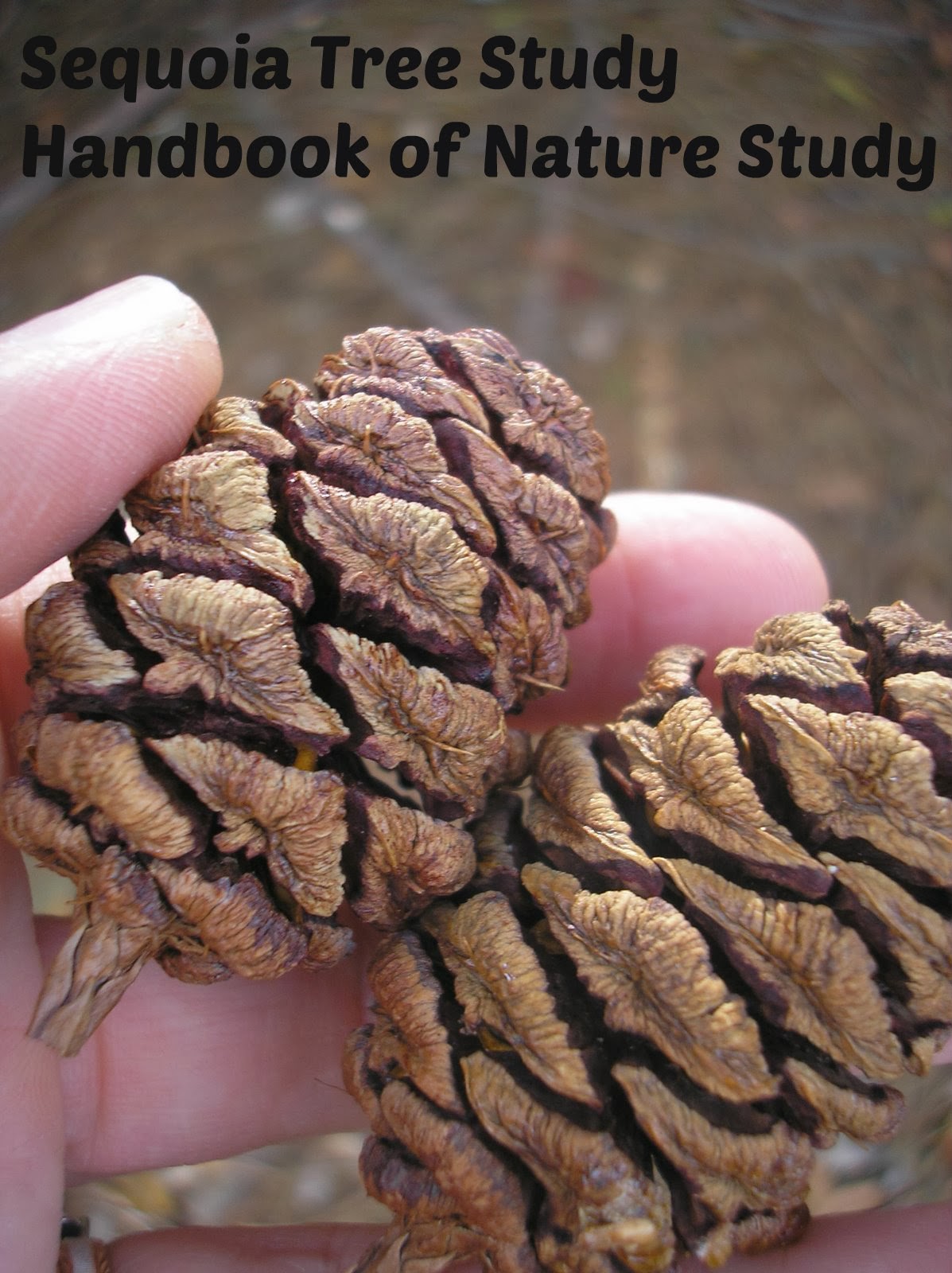We had the chance to camp for a few days at Calaveras Big Trees State Park. We waited too long and we couldn’t get a campsite at Yosemite National Park so we decided to try Calaveras as an alternative (the parks are about 80 miles apart). If you are looking for a spot to camp and hike under the tall trees, this is a wonderful place to do it. Of course, there are no spectacular waterfalls at Calaveras but there are lots of trees, wildflowers, and a river to satisfy your nature loving spirit. Yosemite National Park has three groves of sequoia trees and Calaveras has two main groves – the North and the South groves. We hiked both groves during our visit.
I have visited many of California’s sequoia groves in my life time but the South Grove at Calaveras Big Trees is my favorite because of the quietness and wildness of its location. It takes effort to get there on a hike of around four miles round trip after a nine mile drive from the park entrance but that makes it less crowded so you can enjoy the natural beauty of a ancient sequoia grove.

Now you can drive down to the trailhead, perhaps stopping briefly at the view point. The hike to the South Grove starts at a large parking lot adjacent to a picnic area with restrooms. There are no sequoias here but the forest is full of tall pines and cedars and a creek. Across the creek you start the trail to the South Grove. I picked up the interpretive trail guide for fifty cents at the visitor center but there are some at the trailhead as well. 




Additional Tips
- Distances: From San Francisco – about 150 miles. From Reno, Nevada – about 125 miles. From Sacramento- 100 miles. From South Lake Tahoe- about 90 miles (gorgeous drive!)
- There is a fee to get into the park for day use.
- It does snow here in the winter so you will want to check the park’s website for information on road closures.
- In winter, there is a warming hut for those that use the trails for snow shoes and skiing.
- Towns near-by for hotels, restaurants, and gas: Arnold, CA and Murphys, CA.
You can read more of my national park entries by following these links:
- Hawaii Volcanoes National Park
- Redwoods National Park (California)
- Channel Islands National Park(California)
- Death Valley National Park(California)
- Crater Lake National Park (Oregon)
- Grand Canyon National Park (Arizona)
- Hot Springs National Park (Arkansas)
- Mammoth Cave National Park (Kentucky)
- Great Basin National Park (Nevada)
- Petrified Forest National Park (Arizona)
- Lassen Volcanic National Park (California)
- Joshua Tree National Park (California)
- Saguaro National Park (Arizona)
- Point Reyes National Seashore (California)
- Muir Woods National Monument (California)
- Zion National Park (Utah)
- Weir Farm National Historic Site (Connecticut)
- Pinnacles National Park (California)
- Paterson Great Falls National Historic Site (New Jersey)
- Morristown National Historical Park (New Jersey)
- Great Swamp National Wildlife Refuge (New Jersey)
- Cabrillo National Monument (California)
- Shenandoah National Park (Virginia)
- Calaveras Big Trees State Park (California)





